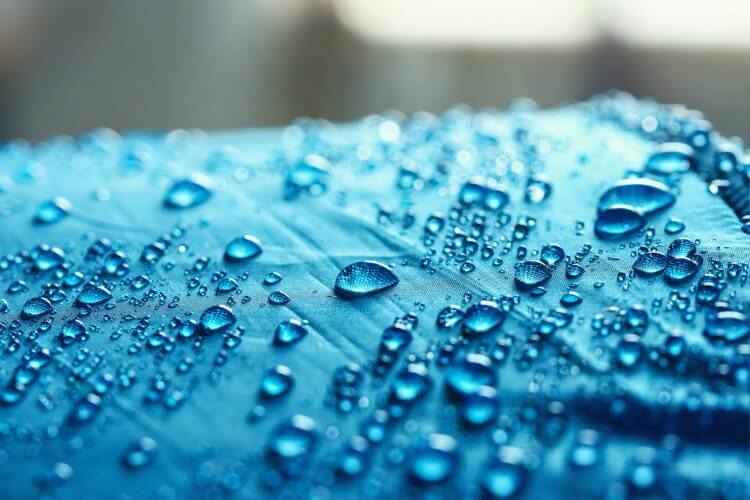Sandstone effect resurfacing is a decorative technique used to create the appearance of sandstone on various surfaces, such as concrete driveways, patios, or walkways. This process is often chosen for its aesthetic appeal, providing the warm and natural look of sandstone without the cost and maintenance associated with using actual sandstone. Here’s an overview of the sandstone effect resurfacing process:
Sandstone Effect Resurfacing Process:
1. Surface Preparation:
- The existing surface, whether it’s concrete or another material, needs to be thoroughly cleaned and prepared. This may involve cleaning, repairing cracks, and ensuring a smooth and even substrate.
2. Application of Base Coat:
- A base coat is applied to the prepared concrete driveways surface. This coat often serves as a bonding layer to ensure proper adhesion of the subsequent layers.
3. Coloring and Texturing:
- The color and texture of sandstone are created using specialized products designed to mimic the appearance of natural sandstone. These products may include tinted concrete overlays, textured stamp mats, or other materials.
4. Stamping or Stenciling:
- To achieve the specific patterns and textures of natural sandstone, stamping or stenciling techniques are employed. Stamp mats with sandstone patterns are pressed into the surface, or stencils may be used to create intricate designs.
5. Coloring Techniques:
- Various coloring techniques may be applied to replicate the natural variations found in sandstone. This can include layering different shades, adding highlights and lowlights, or using antiquing techniques.
6. Sealing:
- Once the desired sandstone effect is achieved and the surface has dried, a sealant is applied. The sealer serves to protect the surface, enhance the color, and improve overall durability.
Benefits of Sandstone Effect Resurfacing:
-
Cost-Effective: Achieving a sandstone effect through resurfacing is often more cost-effective than using actual sandstone materials.
-
Versatility: This technique allows for a high degree of customization. Different colors, patterns, and textures can be used to create a unique and personalized look.
-
Durability: The resurfaced surface benefits from the durability of concrete, making it resistant to heavy traffic, weathering, and other environmental factors.
-
Low Maintenance: Compared to natural sandstone, the resurfaced surface is generally easier to maintain. Regular cleaning and occasional resealing are usually sufficient.
-
Enhanced Aesthetics: Sandstone effect resurfacing provides the warm and inviting appearance of natural sandstone, adding aesthetic value to outdoor spaces.
Before embarking on a sandstone effect resurfacing project, it’s recommended to consult with a professional contractor experienced in decorative concrete applications. They can provide guidance on the best products, techniques, and design options to achieve the desired sandstone effect while ensuring a durable and visually appealing result.





